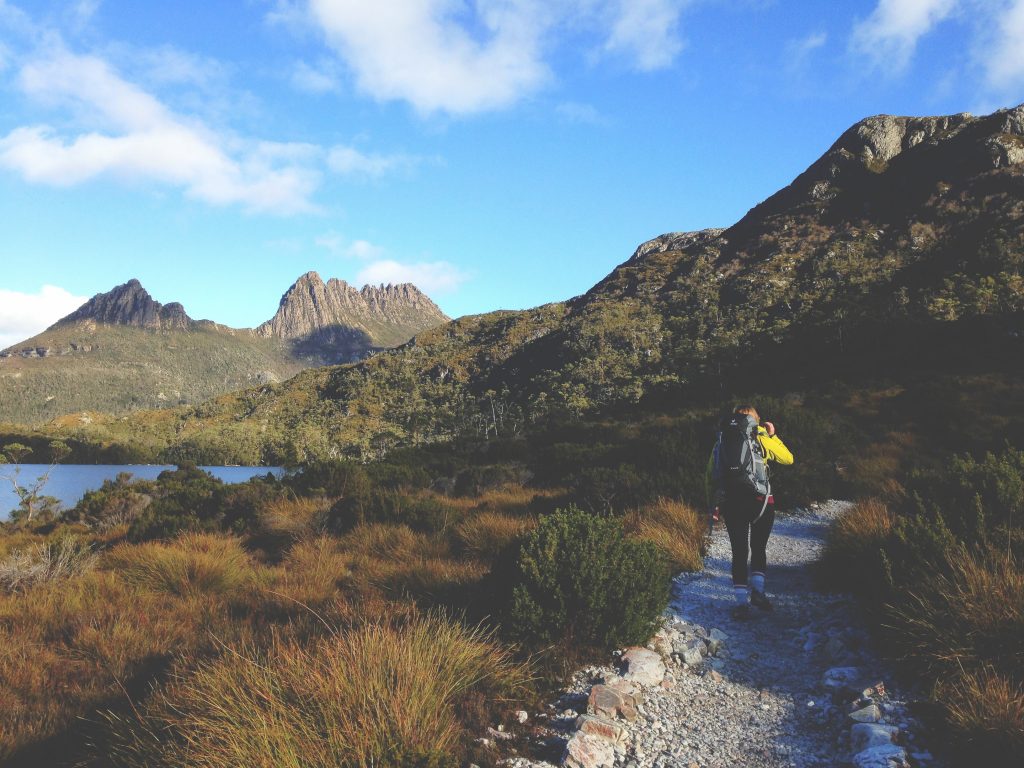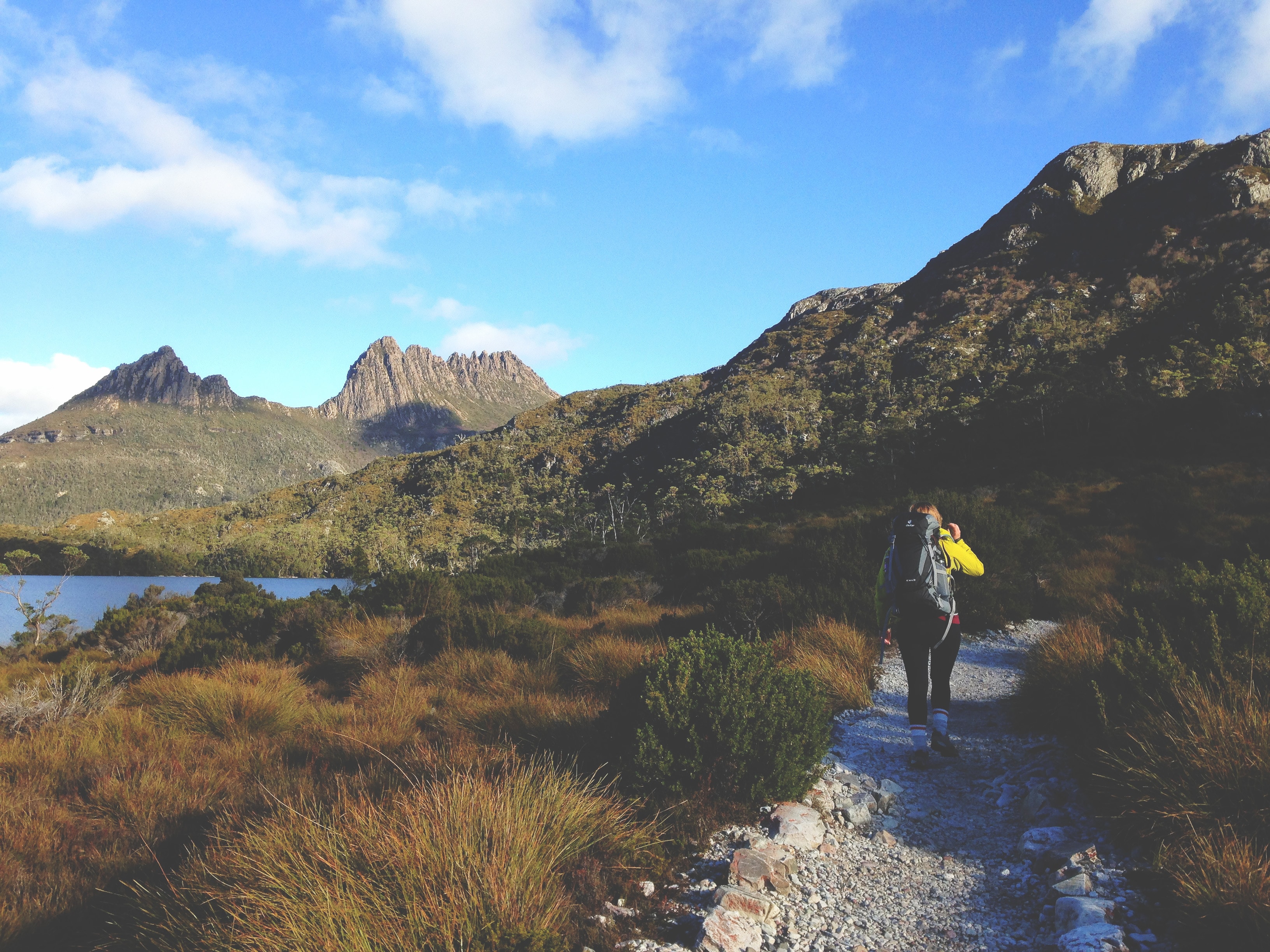
Hiking is a great way to reconnect with nature while giving your body its much-needed exercise and allowing yourself to enjoy the journey. There are many hikers who love to get others on board, and the activity is a wonderful experience. However, it is also necessary to be aware of the common hiking injuries to know exactly what needs to be done. Here are a few hiking injuries you need to know and how you can prevent it.
Blisters, Sprains, and Cuts
Blisters are one of the most common hiking injuries anyone will come across as a hiker. A blister is a pocket of fluid between the upper layers of skin caused by friction between your skin and clothing, whether from socks or ill-fitting shoes. To prevent this from happening, make sure the socks you are wearing don’t move around as much inside your shoes. Make sure that it does not slip up and down, especially since hiking requires so much movement on different terrain. Hiking boots should be loose enough that there’s some wiggle room for your toes but tight enough that your feet won’t slip around too much.
Blisters often happen even to the best of hikers, so make sure to do something about it as soon as you notice a blister forming to prevent further discomfort. Use a sterilized needle to prick the blister and drain out all the liquid. Apply disinfectant to the area and bandage it up to reduce any risk of infection.
Sprains are also as common as blisters because hiking requires traversing around different kinds of terrain to get where you need to go. Slipping is as common as it goes for any hiker. The sprain will usually be around the ankles because of the slip, which is why having ankle support with sturdy hiking boots is the best way to prevent sprains from happening.
If one does end up getting a sprain, the best remedy is to follow the RICE procedure, which is to REST, use ICE, apply COMPRESSION, and ensure ELEVATION of the injured area.
Lastly, cuts can happen to any hiker no matter the experience. It can happen anytime and anywhere. The best way to prevent this from happening is to be cautious around tricky areas during the hike. Go slowly but steadily to prevent any injuries.
Cuts can be remedied for as long as you bring a first-aid kit with you. Small cuts can be disinfected and bandaged as soon as they happen. Bigger cuts will require you to apply pressure to stop the wound from bleeding. A tourniquet is best for this, which is a device used to apply pressure to a limb or extremity to limit the flow of blood. Use either a belt or piece of clothing to wrap and tie tightly on the wound.
Hypothermia and Hyperthermia
The more serious injuries come in the form of either hypothermia or hyperthermia. Hypothermia occurs as body temperature falls below normal, meaning your body cannot produce heat fast enough as it is losing it. Hyperthermia is the opposite—your body temperature is elevated to beyond what is normal. These two will require a lot of good preparation beforehand to prevent it from ever happening.
Make sure that your hiking gear is suitable for the season. Make sure to pack gloves and extra clothing during the colder seasons, while during the warmer seasons, wear loose and light clothing to allow your body to dissipate any heat trapped within during the hike.
For hypothermia, look for signs of fumbling and stumbling, and make sure to keep dry. Hyperthermia symptoms include sweating profusely, muscle cramping, and fumbling. The worst case is when unconsciousness kicks in for both these injuries. Make sure to call rescue as soon as possible if you believe you are experiencing any of these symptoms.
Dehydration
Dehydration is another common hiking problem that can easily be prevented for as long as you come prepared for the hike. Water is important for the body as this can sustain you for longer periods of time should the need arise. Dehydration can be prevented by not hiking during the hottest part of the day and ensuring that you drink plenty of water during the trip.
There are more hiking injuries to take note of, but make sure to be prepared for these.
